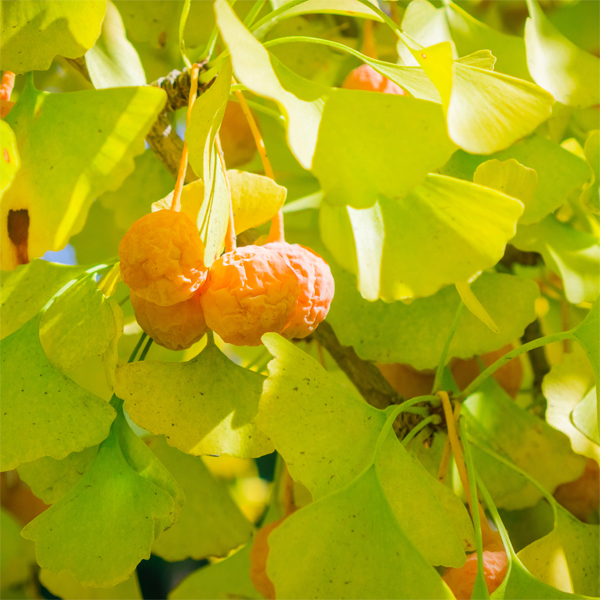With November upon us, the spectacular fall color of the swamp and sugar maples is but a memory. Because they dominate our natural landscape, we may be tempted to conclude that the winter bleakness is upon us and all the fall color has finished when these native maples drop their leaves. But, although less predominant, a surprising number of woody trees and shrubs continue to display attractive foliage colors well into November each year.
In the woods the Red, Pin and Scarlet oaks start (and hold) their autumn foliage displays well after the maples have finished. Many types of birch (Betula) hold their yellow fall colors for an extended period, until rainfall and wind cause them to drop. Sweetgum (Liquidambar) displays its multicolored fall foliage into November; it is commonly seen further south, but becoming more widely used around this region. The leaves of American beech (Fagus grandifolia) turn yellow in fall and are retained with their now-distinctive soft-tan-colored foliage all winter, creating a unique effect, even in deeply shaded woods. For all trees, adequate moisture in the soil enhances the quality of leaf color and increases the duration of fall foliage color.
Around our homes, many cultivars of Japanese maple are quite late to color-up every year, showing their red, scarlet, orange and/or yellow autumn tones well into November, their colors varying with each cultivar. The distinctively-shaped leaves of Ginkgo, the “Maidenhair tree” turn bright butter-yellow now. Callery (sometimes called Bradford) Pear cultivars retain their glossy green summer foliage each year, changing to brilliant reds, orange and yellow tones for an extended period in mid to late November. Kousa dogwoods hold their red and orange fall foliage for many weeks, often well beyond October when they first start to color-up.
For smaller trees and shrubs, the leaves of Enkianthus become brilliant scarlet and orange for several weeks each fall. Lindera salicifolia, a species of spicebush that turns pumpkin-orange in fall and retains a distinctive dark-tan color all winter, is unique. Several species of viburnum and Sweetspire (Itea) are colorful and showy into November, and the Oakleaf hydrangea (Hydrangea quercifolia) with its multiple leaf colors is hard to surpass. Some cultivars of the Early Rhododendrons (so named because they bloom so early every spring) turn spectacular shades during late fall; Weston’s Pink Diamond and April Snow are two of the best; some like PJM, Checkmate and Landmark retain their distinctive mahogany-purple color all winter.
So let’s not despair of the bleakness of November, even as the days grow shorter. We’ve still many weeks of color to enjoy in our gardens before the weather closes in and winter moves us back indoors.







